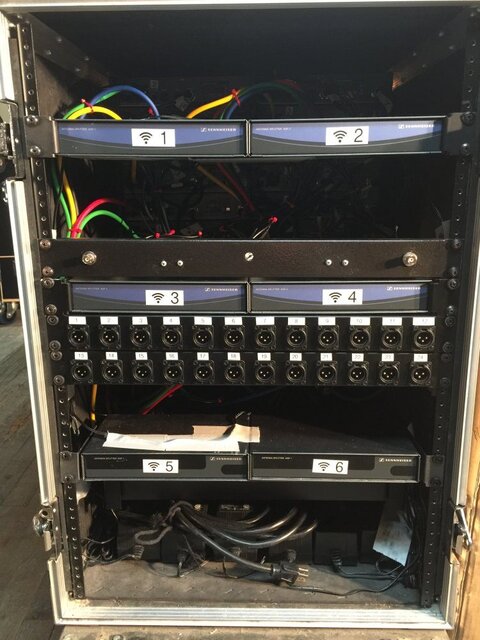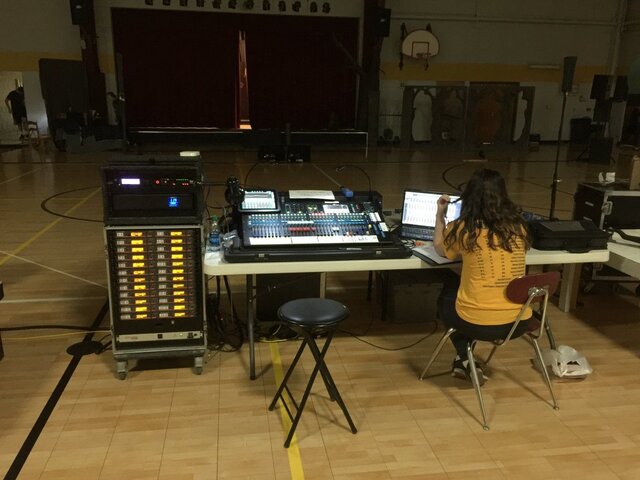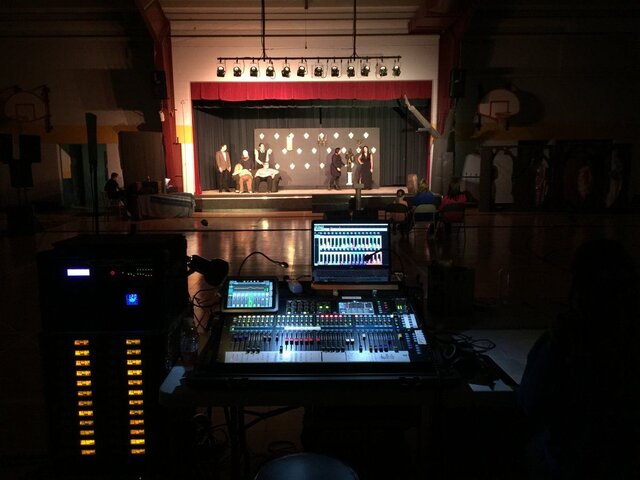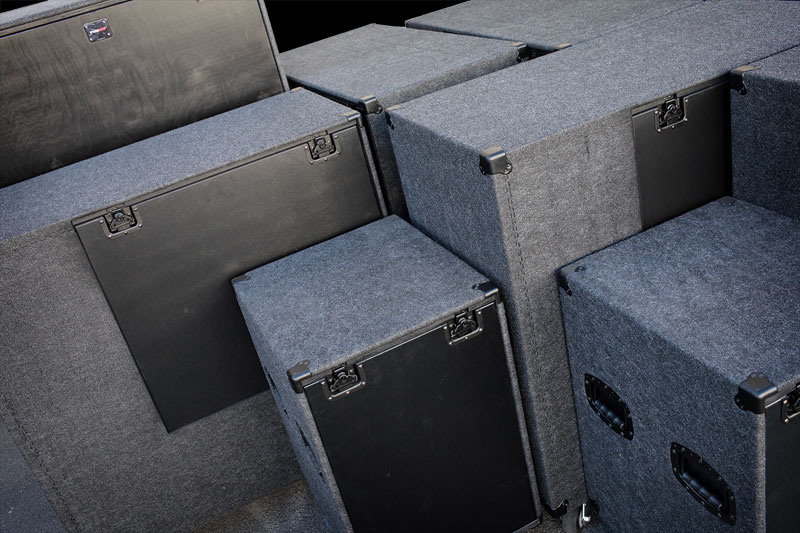michaelpraytor
Member
Hey!
I recently finished running sound for a kids show at a 400-seat theatre where I'm the house sound engineer and a member of the board. There are a number of issues with tech in the theatre that I'd like to address in the future, but for starters - I wanted to see if there's a way to improve the wireless microphone situation.
For this show, we had 11 children close-miced. Most of the kids had the old, heavy, metal Sennheiser SK100 transmitter packs. One kid had a brand new Sennheiser pack (the name escapes me at the moment). And a handful of kids were using Nady mic packs.
For the Sennheiser receivers, we used Sennheiser EW100s. For the Nady mic packs, we used their Octavo U-81 receiver that came with the packs (a really terrible unit that gave us loads of problems).
None of these receivers are currently in a rack, so I had to get each one out and hook them up individually to the mixer, and I had to drag out a handful of surge protectors in order to plug in all the cumbersome "wall wart" power adapters.
So my questions are:
And a bonus question:
Sorry for the long thread, but I'm a really long-winded person with a million questions, and I like to be super thorough. This past week was the first time I ran sound for a show that exclusively used wireless tech - and it was a successful gig, but getting everything hooked up an torn down took a lot more of everyone's time than I wanted.
I'm grateful for any knowledge you all can pass on to me!
I recently finished running sound for a kids show at a 400-seat theatre where I'm the house sound engineer and a member of the board. There are a number of issues with tech in the theatre that I'd like to address in the future, but for starters - I wanted to see if there's a way to improve the wireless microphone situation.
For this show, we had 11 children close-miced. Most of the kids had the old, heavy, metal Sennheiser SK100 transmitter packs. One kid had a brand new Sennheiser pack (the name escapes me at the moment). And a handful of kids were using Nady mic packs.
For the Sennheiser receivers, we used Sennheiser EW100s. For the Nady mic packs, we used their Octavo U-81 receiver that came with the packs (a really terrible unit that gave us loads of problems).
None of these receivers are currently in a rack, so I had to get each one out and hook them up individually to the mixer, and I had to drag out a handful of surge protectors in order to plug in all the cumbersome "wall wart" power adapters.
So my questions are:
- What are some good "flight case" style rack unit manufacturers? I'd need it to be on casters - though I don't imagine I'll be moving it around a whole lot. Where could I get this for the best value? Or would it be best to build something like this on my own?
- We're going to ditch the Nady Octavo U-81 eventually - and we'll probably be getting more Sennheiser receivers (of both the old and new variety). We currently have 11 Sennheiser EW100 receivers, but we might eventually have something in the neighborhood of 20 down the line. In order to manage the antenna situation, what antenna combiner(s) do we need to get from Sennheiser? How many of these antenna combiners will we need now? And how many would we need down the line?
- I'd love to have a power conditioner unit (or units) that all this gear could plug into - but all the power conditioners I've seen aren't too friendly with "wall-warts". There has to be a solution to this - but what is it?
- At the theatre backstage, we have a snake that runs through the wall and directly to FOH. It occurred to me after the show that it might be a better solution to place the receivers backstage instead of at FOH. I know there are advantages and disadvantages to this - but I'd love to know what you all personally prefer and why.
And a bonus question:
- At the theatre, we have a ton of Nady HM-10 and Pyle PMHM 2 mics. They don't sound terrible, but the build quality is pretty poor - and half of them don't screw into the transmitters (IDK why some do and some don't). I know a guy that uses Countryman E6 headsets exclusively - but I honestly can't tell a huge difference between those and the Pyle and Nady mics (though that may have to do with the other more questionable gear and speakers he uses). How important do you guys think it is that I convince the theatre to upgrade their headset microphones? And should I convince them to spring for Countryman, or is there another company out there that's making quality stuff that will last a long time? (Keep in mind we still have speakers and other sound equipment to update)
Sorry for the long thread, but I'm a really long-winded person with a million questions, and I like to be super thorough. This past week was the first time I ran sound for a show that exclusively used wireless tech - and it was a successful gig, but getting everything hooked up an torn down took a lot more of everyone's time than I wanted.
I'm grateful for any knowledge you all can pass on to me!






